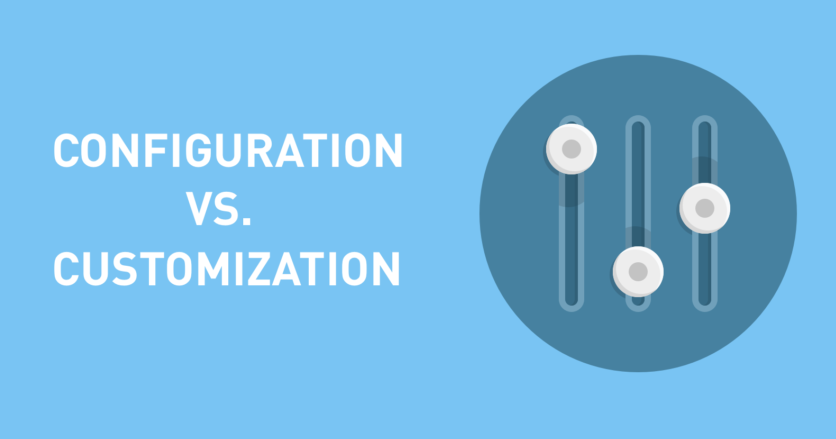
There’s always been a never-ending squabble between customization vs configuration in the HR Tech space. While both routes can be useful depending on your situation and in defining how best they meet the user requirements. In the end, it all depends on what you need from the HRMS.
Before debating which one is a better option, it’s pivotal to understand the difference between these terms that are often mistaken to be synonymous. Configuration is a change to the application that does not impact the underlying design and structure of the system but allows a user to establish a specific process or workflow through an array of settings. A customization is a modification to the system that requires coding or some other form of development to fulfill that requirement.
Usually, customized HRMS is preferred by a company that requires specialized business processes to be completed. Whereas, in the current day, the degree of configurability built into HR platforms has improved drastically with the advent of Cloud-based SaaS HR products that these processes can be completed up to a satisfactory extent.
More often than not, organizations opt for a customization to address a missing 10% of the requirement while the pre-shipped configurations on the system would be addressing 90% of them. Even though a few customizations may fulfill the additional requirements of an organization and give better automation, one should watch out for the numerous downsides that occur:
- First of all, it increases the complexity and risk of the implementation, while at the same time making it potentially more difficult to upgrade software in the future.
- Secondly, it in alters or undermines the best practices built into the software, which software vendors often spend significant R&D time to create it.
- Customization is often a symptom of bigger problems, including a solution’s mismatch with a company’s requirements during the real-time implementation.
- Even from a strictly financial perspective, software configuration initiatives cost far less to implement than customization projects. Simply conducting a rudimentary cost-benefit analysis confirms this fact.
Understanding the differences and benefits of software configuration versus customization can potentially amount to significant savings for the organization in terms of money, resource and time.
While there are multiple reasons to avoid customizations in an era of SaaS HR Tech that is built to be highly configurable but the one for which configurable systems win hands down is their agility and scalability that they have by virtue of being a single version system. If there is still a point at which customization is needed to meet the needs of clients, one may proceed forward keeping in mind all the pitfalls coming their way or go for a better alternative of exploring the various configurations that are already available in today's market.



Speak Your Mind